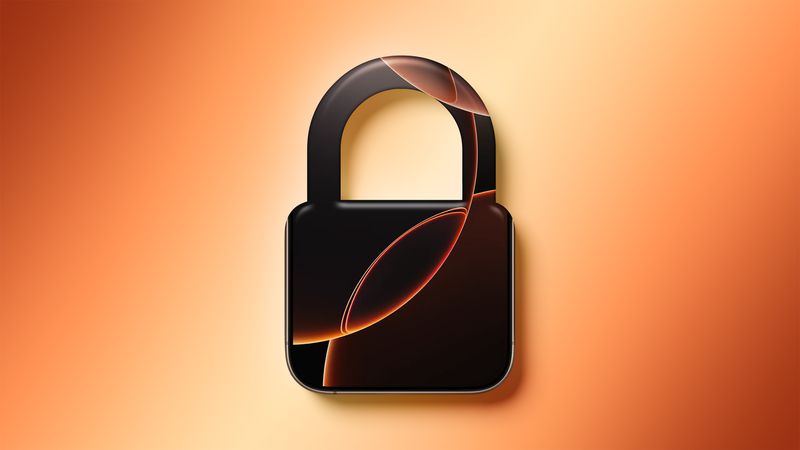Apple has introduced several robust security features across its devices—iPhone, iPad, and Mac—to help keep your personal information safe. If you’re not already using these features, now is the time to enable them. Below are some of the most important security options to consider.

1. Two-Factor Authentication (2FA)
Two-factor authentication is one of the most essential security tools. It adds an extra layer of protection when you sign into your iCloud account on a new device or online. When you try to sign in, Apple sends a six-digit verification code to a trusted device. You’ll need to input that code to complete the sign-in process, ensuring that even if someone knows your password, they can’t access your account without the second factor.
To manage 2FA, go to Settings > Sign-In and Security.
2. 2Security Keys2
For enhanced security with two-factor authentication, you can use physical security keys like YubiKey. These keys work by connecting via USB-C or NFC and ensure no one can break into your account, even if they have access to your trusted devices. If you decide to use a security key, make sure to keep it safe, as losing it could lock you out of your accounts.
You can set this up in the two-factor authentication section under Settings.
3. Stolen Device Protection
This feature was introduced after thieves started observing people enter their passcodes before stealing their devices. Stolen Device Protection ensures that biometric authentication (Face ID or Touch ID) is required to access sensitive data like passwords, credit card details, and to make purchases—even if a thief knows your passcode.
Additionally, there are security delays to prevent thieves from changing your Apple ID password, signing out, or using your device to set up a new one. By default, this feature is activated when you’re away from trusted locations, but you can set it to work all the time.
To enable it, go to Settings > Face ID & Passcode > Stolen Device Protection.
4. Private Relay
Although more of a privacy feature than a security one, Private Relay hides your IP address and browsing activity in Safari, protecting your data from prying eyes—especially on unsecured networks. It also encrypts unencrypted internet traffic.
This is available through the iCloud+ plan, which starts at $0.99/month for 50GB of storage. You should also take advantage of Hide My Email to use temporary email addresses that you can revoke anytime.
To enable Private Relay, go to Settings > your profile picture > iCloud.
5. Advanced Data Protection
This feature provides end-to-end encryption for certain iCloud data that isn’t encrypted by default, like backups, photos, notes, reminders, and more. With Advanced Data Protection, only your devices can decrypt this data, even Apple cannot access it.
If you enable this, you’ll need to set up a recovery key or a recovery contact in case you lose access to your account.
To activate Advanced Data Protection, go to Settings > your profile picture > iCloud and scroll to Advanced Data Protection.
6. Lockdown Mode
Lockdown Mode is an extreme security option, designed for people at high risk of sophisticated cyberattacks—such as journalists, activists, or government employees. When enabled, it disables several iPhone features, including message attachments, FaceTime calls from unknown contacts, and many other vulnerabilities that hackers could exploit.
You can enable Lockdown Mode under Settings > Privacy & Security > Lockdown Mode.
7. Contact Key Verification
For those needing an added layer of trust, Contact Key Verification lets you verify the identity of the person you’re communicating with. By comparing a verification code in person or over the phone, you can be certain that someone isn’t impersonating your contact.
This feature is mainly designed for people who need an extremely high level of security in their communications.
By enabling these features, you can take a proactive stance against potential security breaches and keep your data safe. Make sure to check these settings and adjust them to fit your needs—whether it’s adding biometric authentication or encrypting your cloud backups.